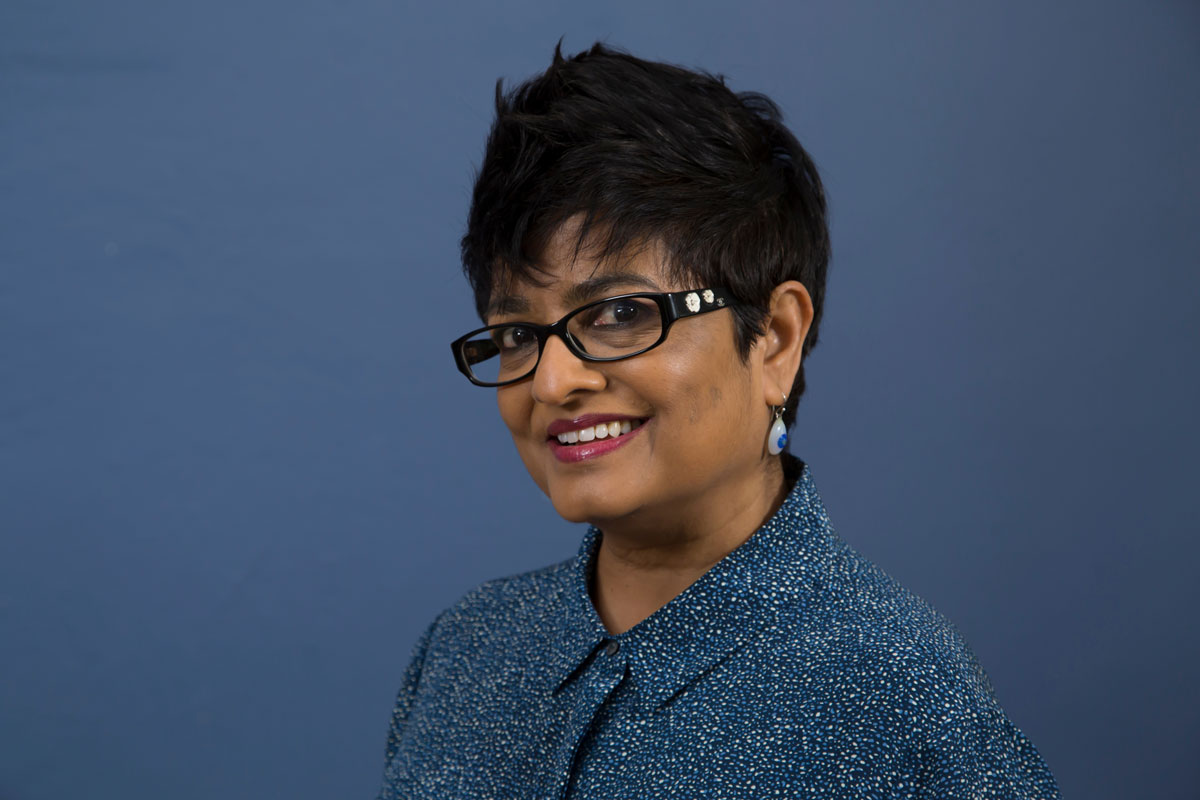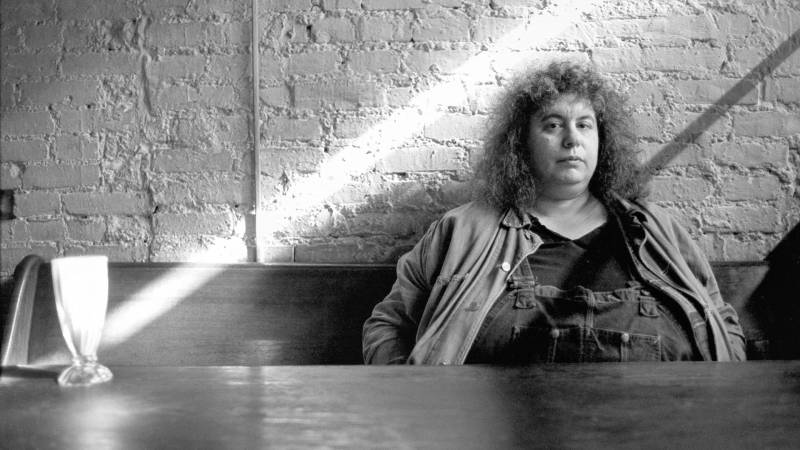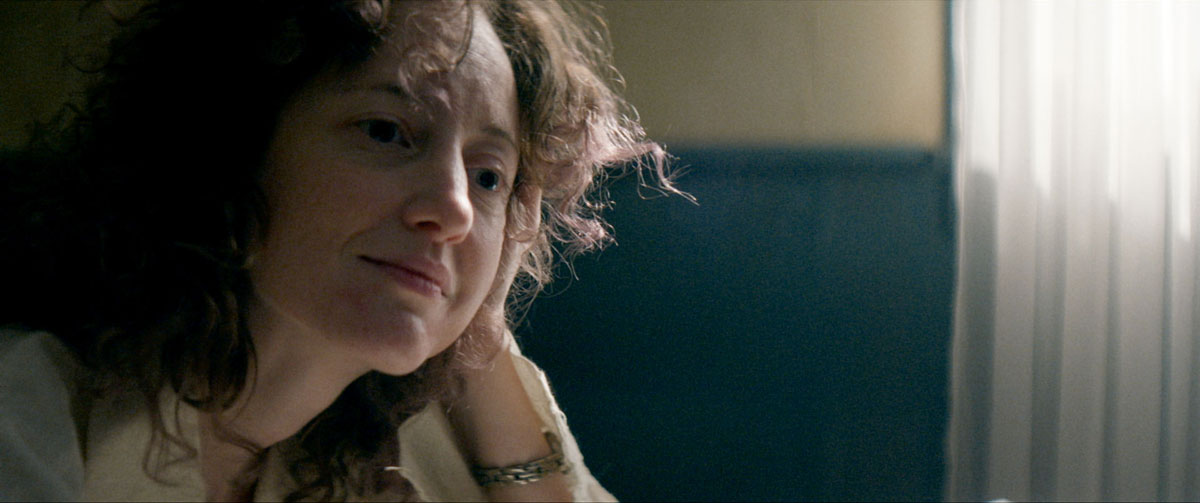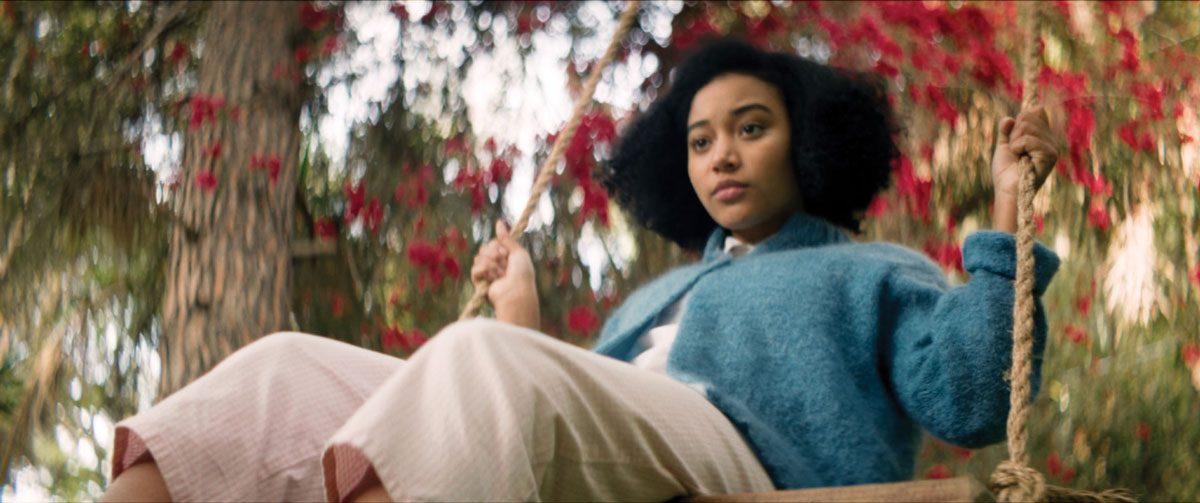Early on in My Name is Andrea, Pratibha Parmar’s expressionistic and fragmented new documentary, Andrea Dworkin assesses herself as a 41-year-old writer in the late 1980s:
“In a sense I am more reckless now than when I started out, because I know what everything costs, and it doesn’t matter. It is this indifference to pain, which is real, that enables one to keep going. One develops a warrior’s discipline, or one stops. Pain becomes irrelevant.”
“Pain” is not the key word in that passage, even if you know that Dworkin was sexually abused as a child and beaten and abused by her first husband (whom she met and married in Amsterdam in her 20s). It’s not the key word even taking into account, after she established herself as a writer and thinker, that she was vilified for her views on pornography and sexual intercourse as attacks on sexual liberation and personal freedom.
By the end of My Name is Andrea, we’ve come to see Dworkin (who died in 2005) as a “warrior”—persistent, uncompromising, self-disciplined, brave. Like every cutting-edge thinker, she was met with a barrage of defensive and offensive responses (even from the nominally liberal TV host Phil Donahue, in one of the many terrific clips of Dworkin’s appearances on television, radio, college campuses and symposia). She was frequently asked if (or why) she was angry, when her positions were carefully thought out and her arguments scrupulously structured.

My Name is Andrea, like many historical documentaries, excavates the buried or misrepresented past. Clearly an author whose output began with Woman Hating: A Radical Look at Sexuality (1974) and concluded with Heartbreak: The Political Memoir of a Feminist Militant (2002) never should have been defined in a simple, dismissive sentence. At the same time, the Times Up and #MeToo movements preclude the need to devote chunks of screen time to the contemporary relevance of Dworkin’s ideas about power, sex and patriarchy. (For those with short attention spans, the demise of Roe v. Wade provides a shocking reality check.)





